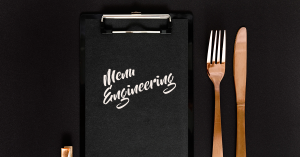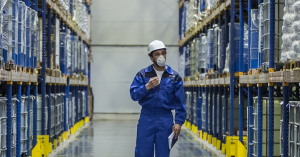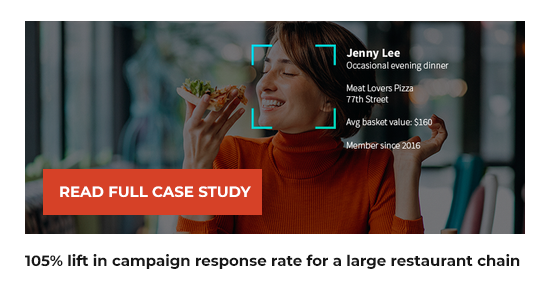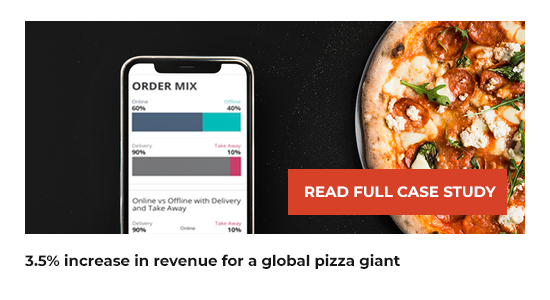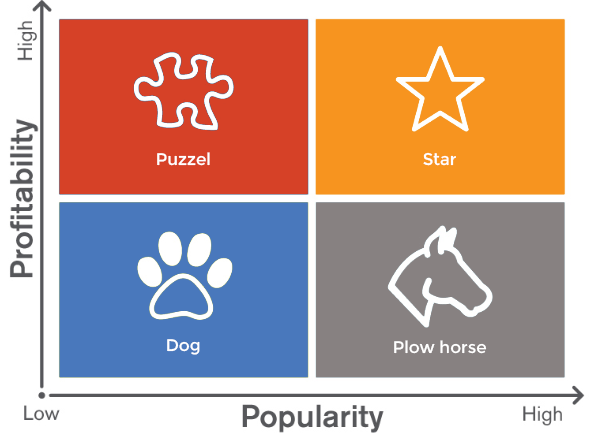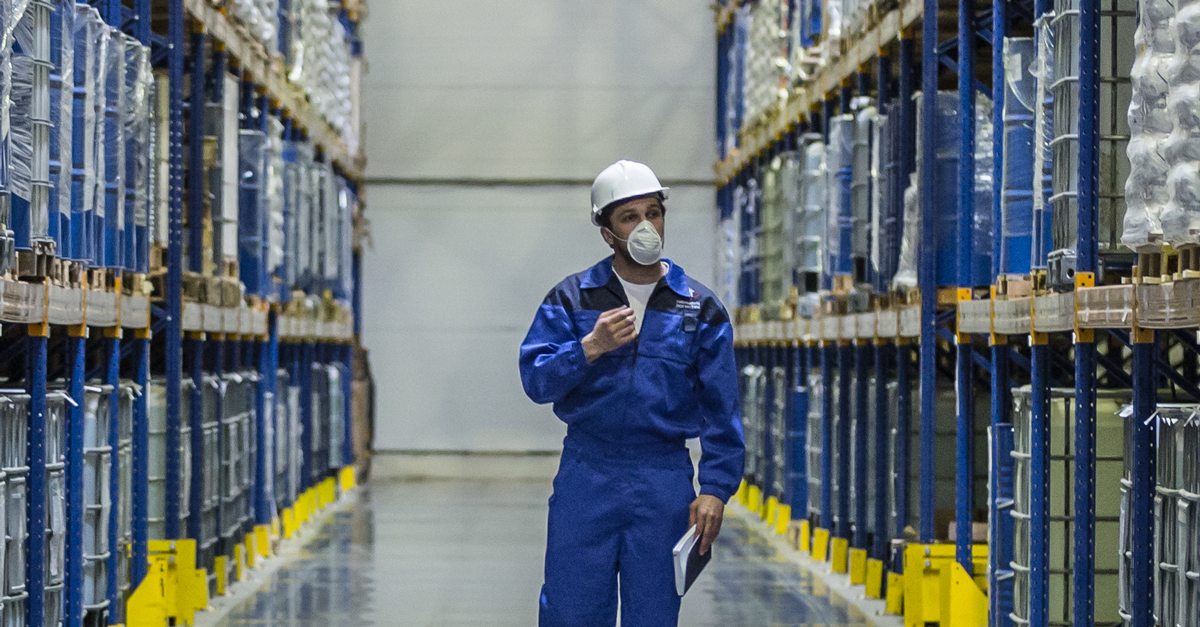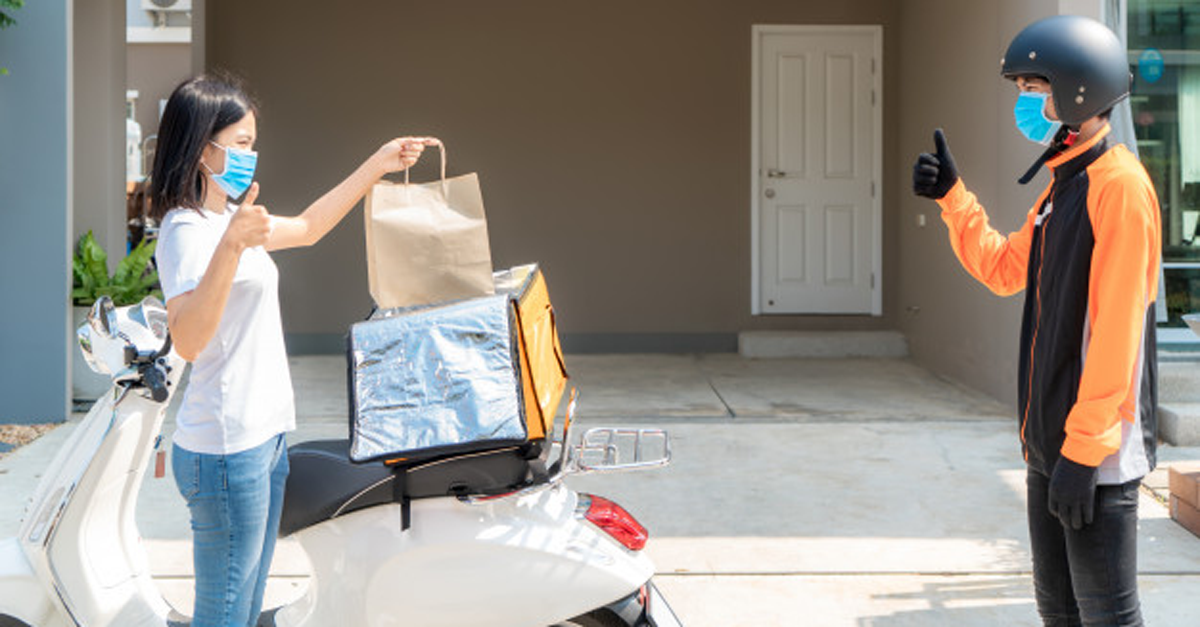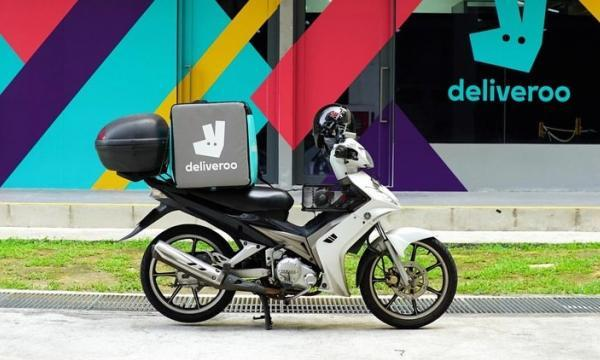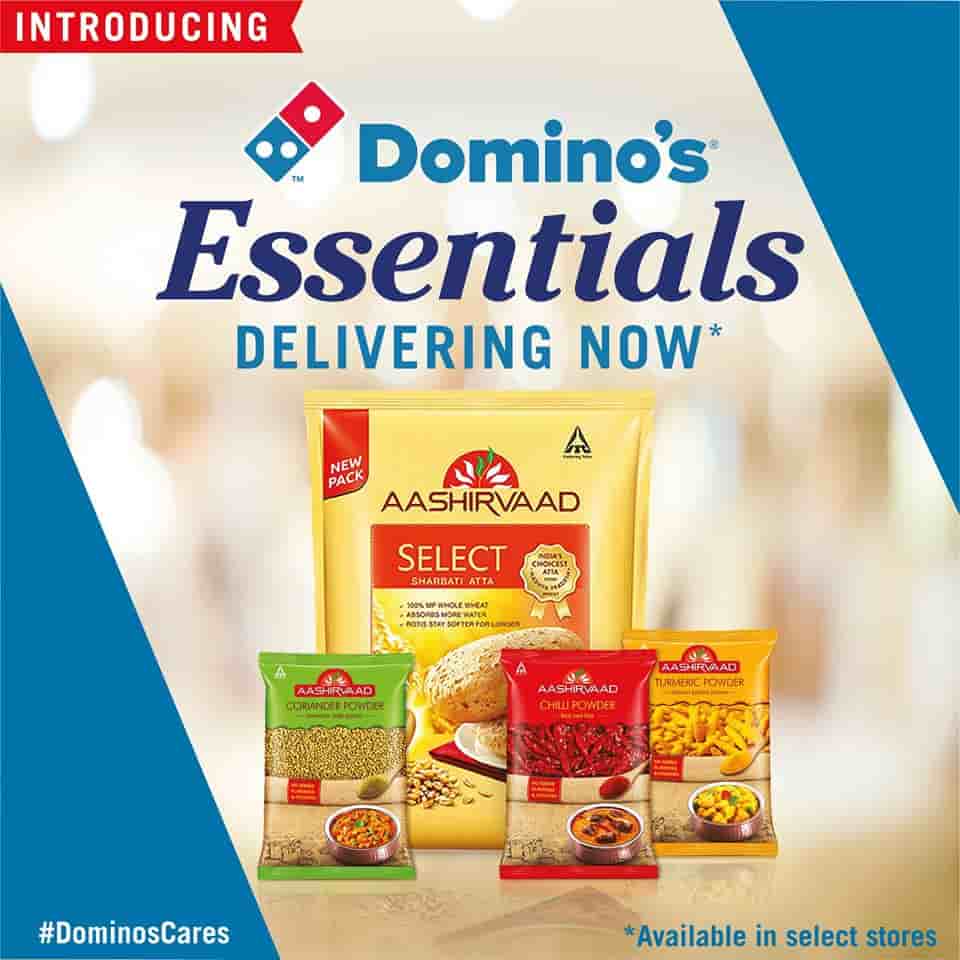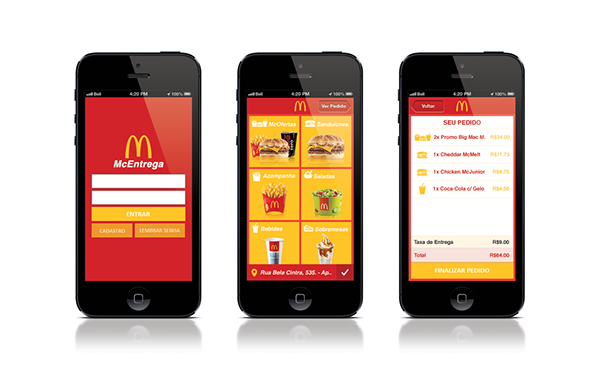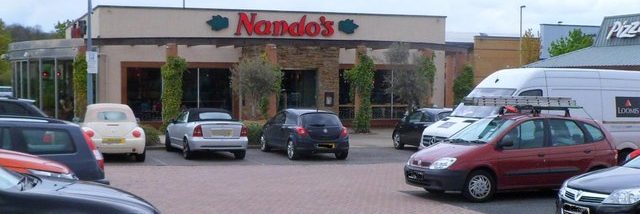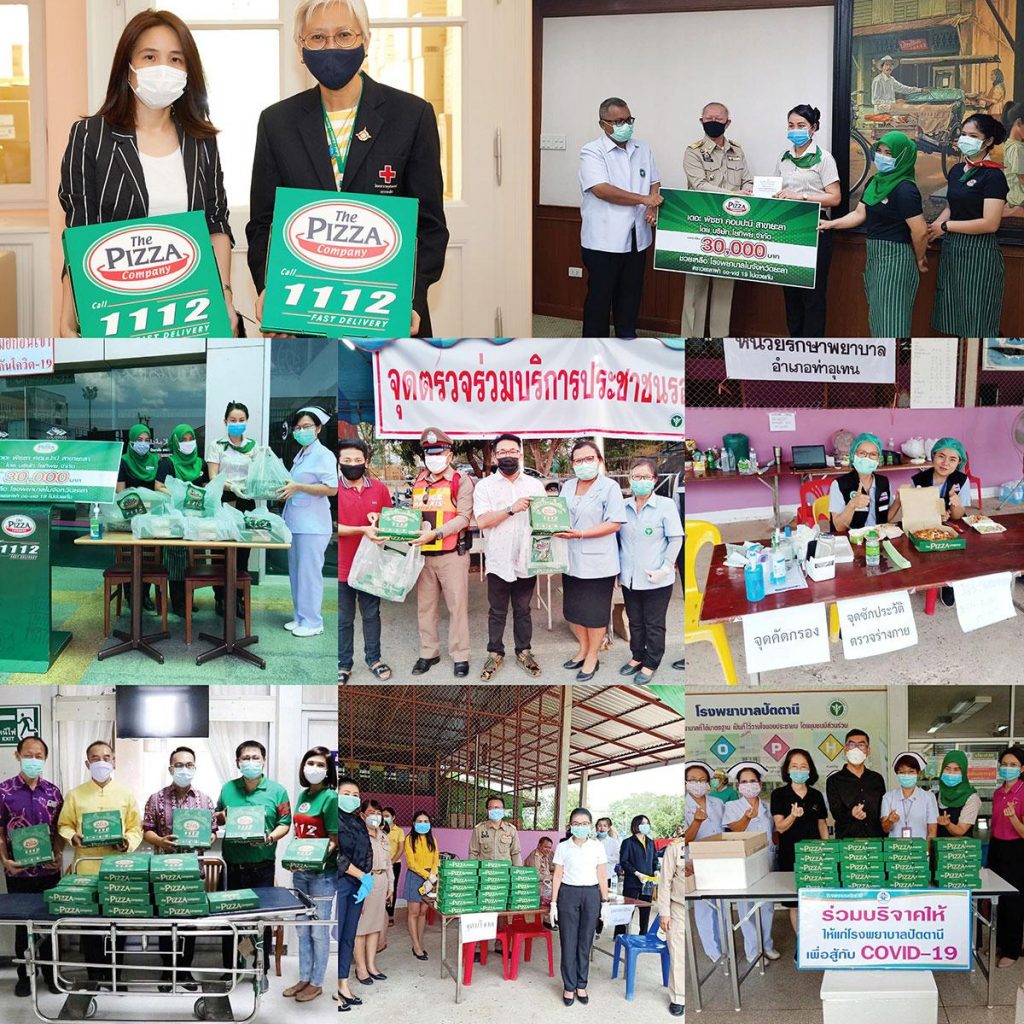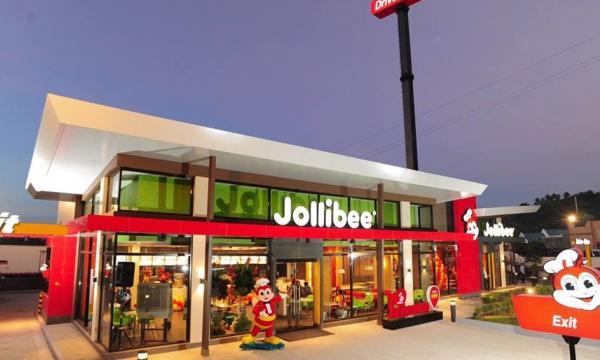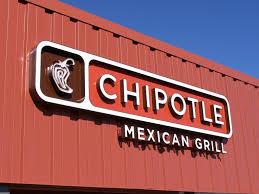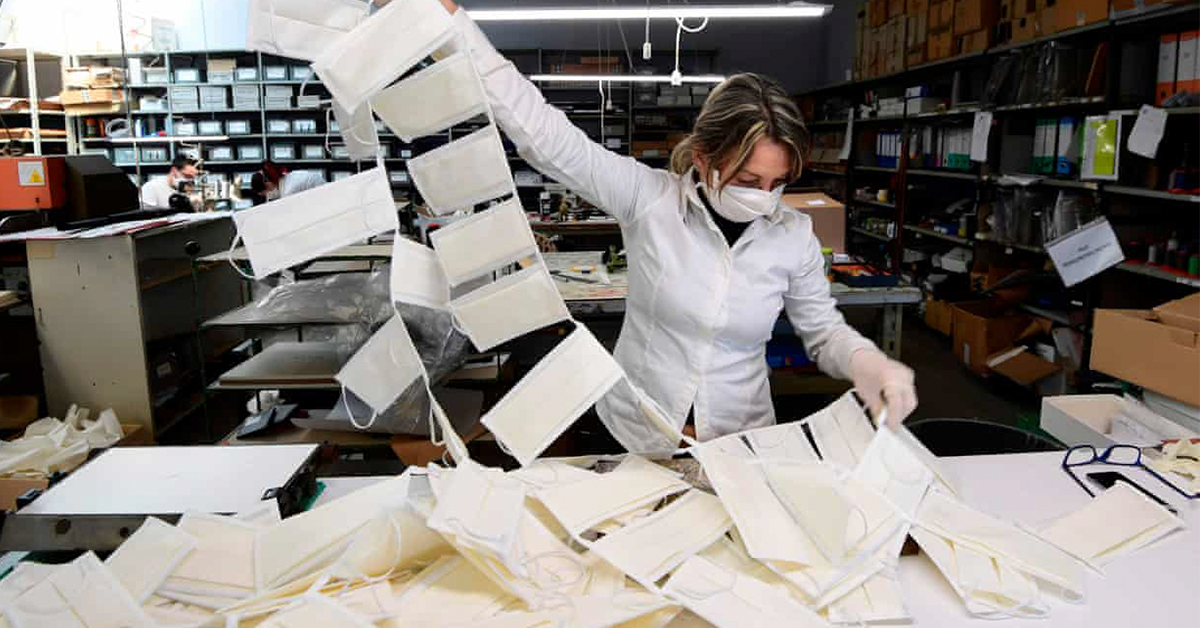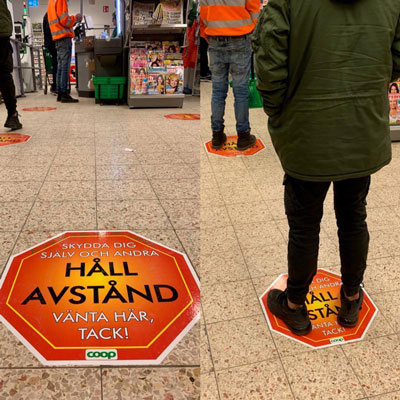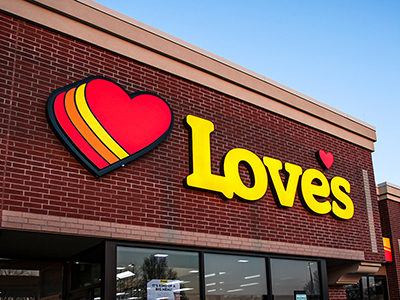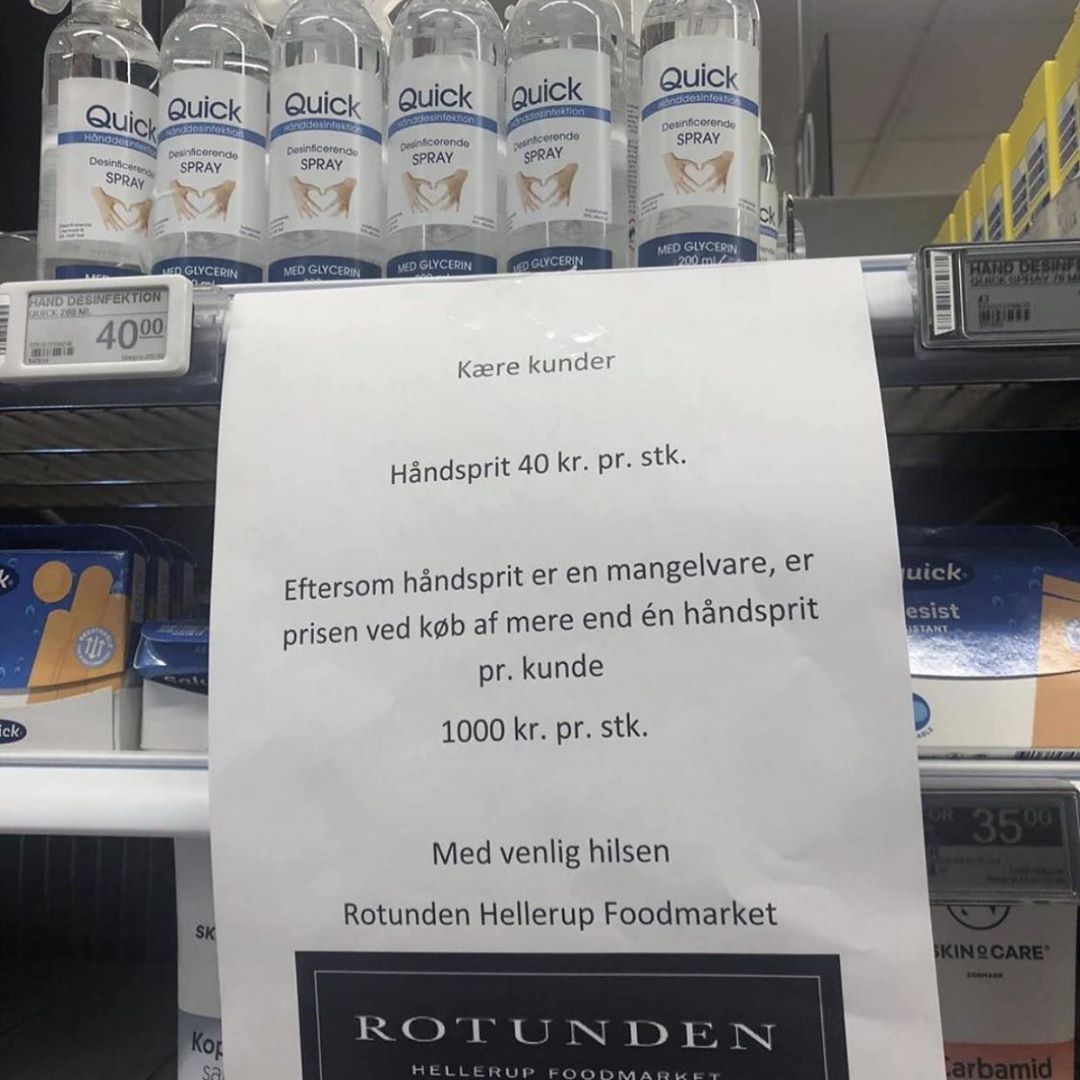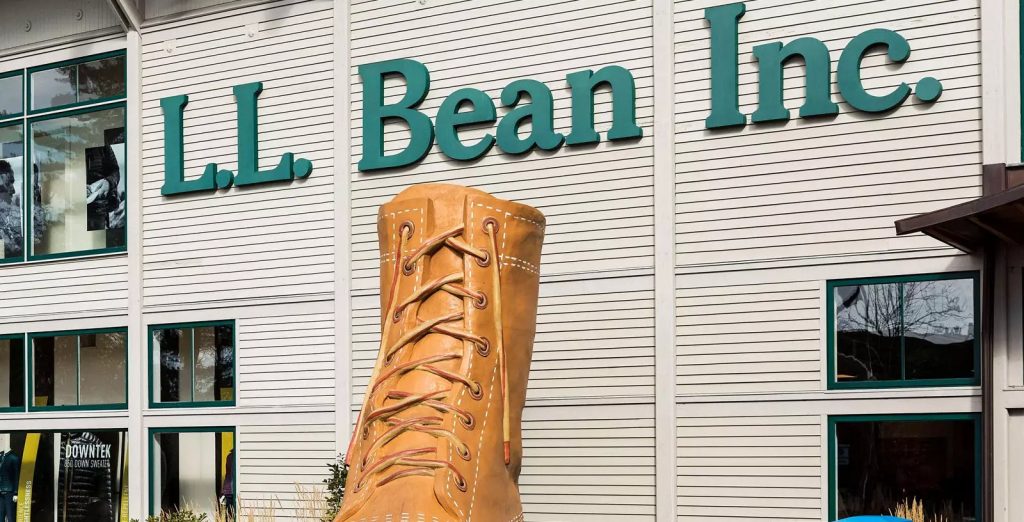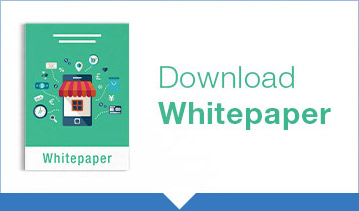While the COVID pandemic has amplified the many challenges that plague the Supply chain across industries, it has also brought to light the resilience and innovation to help alleviate some of these.
Retailers across segment were most hit, but they also had to bounce back the fastest and continue to serve the community. One such company is Prince retail, which recently celebrated its 30th anniversary during April this year. Present mostly in semi- urban and rural areas across all major islands and regions in the Philippines.
We had a chance to interact with Rina Janine Sy Go, Supply chain director at Prince retail on how they have been rethinking their supply chain approach in the face of this crisis.
How has the COVID-19 situation impacted Prince Retail Group and the grocery industry at large?
The COVID-19 situation has largely impacted the entire grocery industry when the demand for food and basic commodities increased and supply could not cope up with the demand. Due to panic buying that followed once the lockdown was announced, we were grossly unprepared to handle the demand and the immediate restrictions that were imposed overnight.
Even today, we are largely struggling with our supply chain as vendors are battling with the non-availability of stock due to restrictions in the mobility of their workforce and scarcity of raw materials. Our workforce is faced with challenges while working in our stores and distribution centres. Even our order to payment processes to support the stores were not equipped to support the immediate work from home requirement. It was like fast-tracking our 2-year roadmap for digital transformation strategies to 2 days.
Currently, we are still struggling with the entire operations while trying to sustain availability in our stores. Although it was through this crisis that we really saw the impact we have on the communities we serve. Since our stores are mostly located in rural and far-flung provinces, we were literally the only source of supply that had relatively complete and stable stocks that could feed these communities who were unable to travel to the closest urban cities due to mobility restrictions.
It truly made our mission of “Serving the underserved” very evident.
What was the first response to ensure Business Continuity (BCP) at Prince Retail?
At Prince retail, we believe in being proactive and wear our customers hat and come up with solutions which serve their needs. However, this pandemic is unprecedented and needed out of the box thinking from day 1. Our immediate response was to map the entire supply chain process from order to payment as this was the process and functionality that needed to be available during lockdown.
Together with our leaders in IT, HR, Logistics, and the functional teams, we had to ensure all these processes continue to be available during work from home, so we came up with ad-hoc solutions.
By contacting our telco provider, procuring as many laptops as we could and finding creative ways to get connectivity to the homes of our teams.
We also had our company bus pick-up and drop-off select employees who had no means of transportation.
The store operations team did the mapping of the workforce homes so they could still be available in the stores and if they could not, we find back-up workforce and set up staff houses for employees in critical roles.
It was basically a series of quick and iterative decision-making sessions between key leaders in the organization to set up the whole thing overnight. It involved a lot of cooperation, quick thinking, creative planning, and flexibility from everyone involved.
Innovation is the need of the hour and with limited resources in the current crisis what are some of the ways you are addressing it?
With finite resources coupled with restrictions, innovation was the only rescue. We streamlined the SKU's and vendors so we would prioritize our ordering to cope with the new way of working during lockdown, all this while supporting over 60 stores across the country in remote areas. We could not continue with all the business as usual SKU’s and focused only on the ones driving high demand.
We set up communication lines and chat groups for each team involved to ensure the right problems were being addressed immediately – and connected straight to the top management. We also set up new store processes to deliver directly to our customers who would SMS, email, use Facebook messenger or call in with their orders.
We grouped the deliveries by zone depending on their residential areas to streamline deliveries. This was something that we had never done before but we set up this entire process of working from delivery to payment in just 2 days.
We had to think of making our existing processes flexible and adjust to working in these new conditions so we can continue to serve the community.
Based on your learnings on the COVID-19 pandemic so far, what can grocery retailers do to improve their proactive response in scenarios such as these in future?
As Mr. Winston Churchill said once “Never let a good crisis go to waste”, retailers across the globe will use this crisis as a learning to prepare better for future. Retailers should be able to have more flexibility, mobility and redundant resources that can enable the entire supply chain and payment workforce to work from home or remotely, rather than being entirely dependent on the head office physical structure. This was our major learning and pain point.
Digital transformation should have been now rather than later. Retailers should also have higher inventory covers of basic commodities which worked for us because historically, we always carry large inventories of these goods due to the remote locations of our stores and this actually worked to our advantage when we were hit by the crisis.
Retailers should also be ready with an e-commerce strategy and we were lucky since we were already doing pilot runs of a B2B application in 1 store, that we are currently fast-tracking now to allow B2C as well (doing data cleansing, application preparation, technical fixes), and a quick roll out to stores once the crisis is over.
Do you see any consumer behavioral changes for–good post the crisis?
These are some consumer behaviours that will change for good especially in the Philippines and with our market in the lower socio – economic bracket. We see a shift in demand for bigger packs and more savings rather than the traditional sachet economy due to reduced frequency of purchase. We also are seeing the acceptance of digital processes for ordering, getting information, and servicing, which means more digital marketing for us as well. We also forecast a bigger importance on health and sanitation. These are SKU's which were previously not a priority especially for our market. There are also changes in how consumers will be choosing their products, brands they pick based on whatever is available at the store level, and preference for more value for money products with a global recession already underway.
Just like Prince Retail collaborated for continuity to defeat disruption, your organization can too. Click to learn how


